How the Louvre came to co-own a Colombian power plant
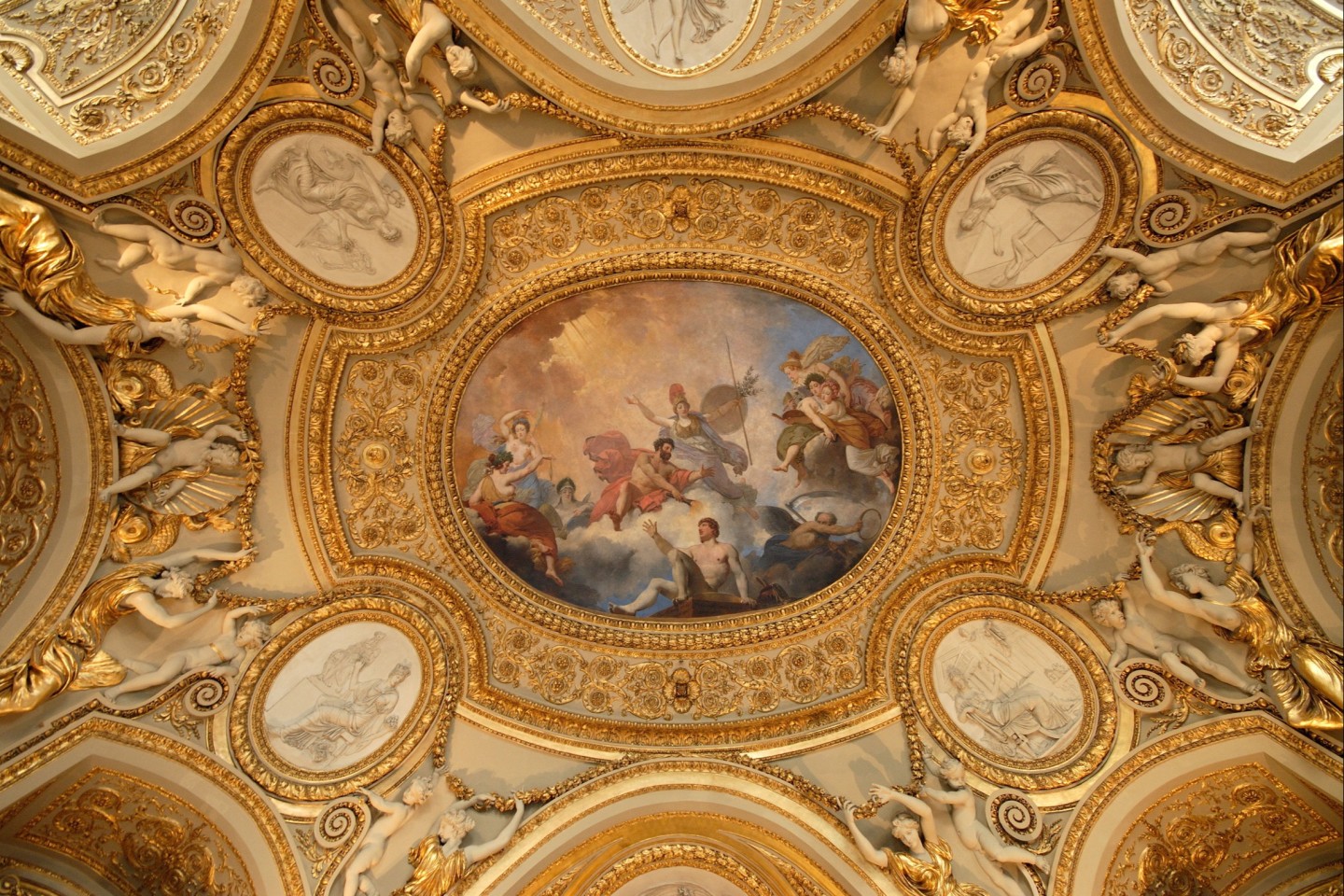
Roula Khalaf, Editor of the FT, selects her favourite stories in this weekly newsletter.
What connects the world’s most popular museum with Colombia’s largest hydroelectric plant and the singer Cher? This might seem a strange question to ask, but the answer is even more curious: through its endowment, the Louvre — visited by 7.7mn people in 2022 — co-owns that Latin American energy generator, as well as hospitals, fibre networks and more utilities around the world. As for Cher, keep reading.
The Louvre Endowment Fund was established in 2009 as “the first real endowment for a museum in France”, says its executive director, Philippe Gaboriau, because cash suddenly started to roll in from the Louvre’s deal to license its name to a museum in Abu Dhabi. Louvre director Henri Loyrette and Didier Selles, former administrateur général, recognised that the €400mn it would receive, spread over 30 years, was a once-in-a-lifetime opportunity to create a financial cushion for the museum and should be used as capital to generate interest through investments.
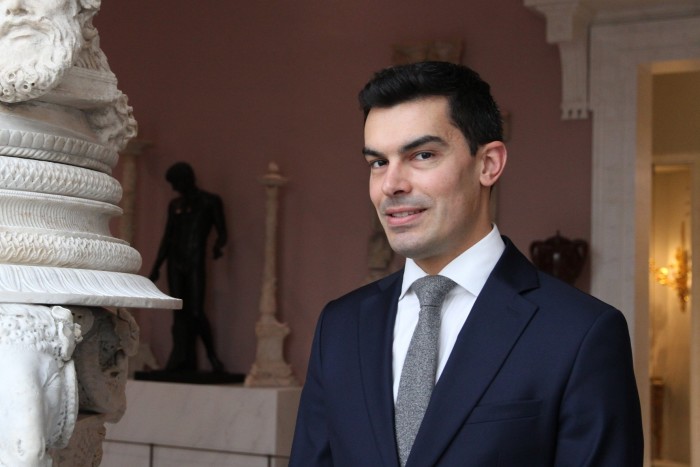
“The Louvre could easily spend this buying paintings,” Gaboriau says. “I would say it’s around three Caravaggios or three Rembrandts.” Instead, it is for long-term income. The endowment now stands around €335mn, thanks to Abu Dhabi and corporate and private donors.
It was needed, says Gaboriau, not just because state subsidy had fallen from 57 per cent of the Louvre’s budget in 1998 to 35 per cent last year, but because philanthropists can be picky about what they donate to: “When you are restoring another absolute masterpiece, everyone wants to support it, but . . . when you want to buy a religious painting, nobody wants to do it. When you want to upgrade your lavatories, nobody wants to do it.” The endowment’s latest annual report lists “Portrait of a Man” by Alexander Roslin, a second-century Roman bust and the statue of Comedy by Julien Toussaint Roux in the Tuileries Garden as recent restorations; the fund paid out €11.4mn to the museum in 2022. It is also supporting arts education, publications and outreach projects to prisons and hospitals.
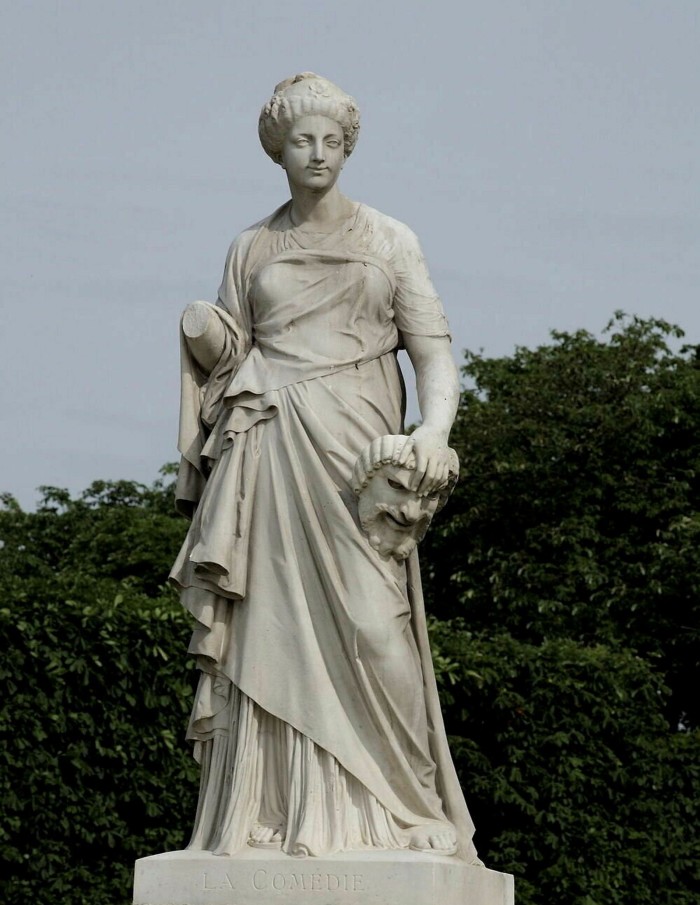
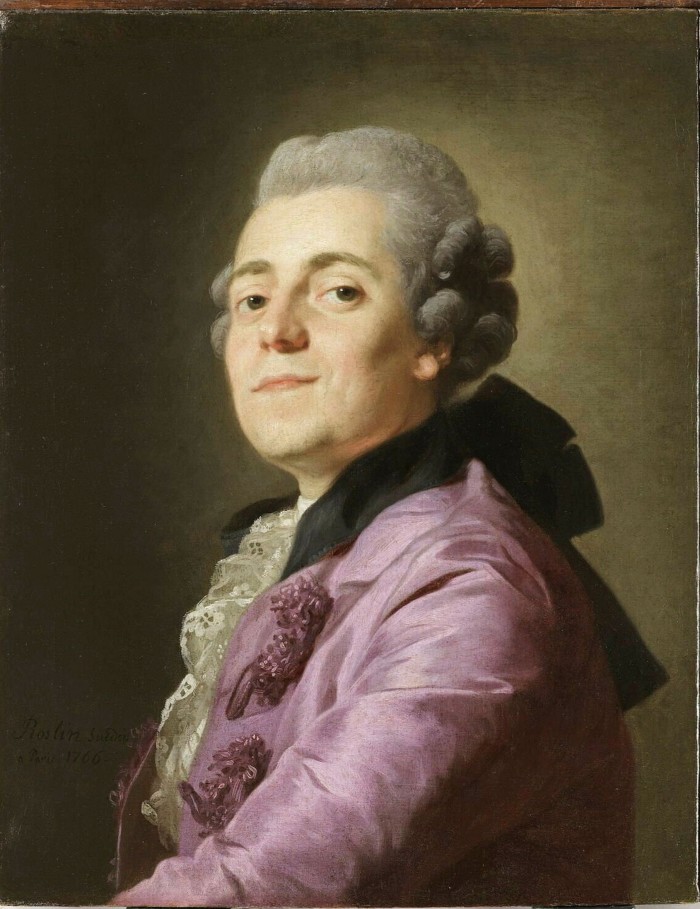
The endowment is “based on Anglo-Saxon models”, according to its website, such as you might find at the Metropolitan Museum in New York (worth $4bn in 2022) or the University of Oxford (£6.4bn total), but it has one crucial difference, says Gaboriau: “In the US, the principal can be spent, it’s not forbidden . . . as long as they rebuild it, whereas in France the law says that endowments can never spend the principal.”
When it comes to investments, Gaboriau has experience in finance — he used to work at ABN Amro and Barclays before moving into the cultural-financial world. The fund is half in equities, including 12 per cent in infrastructure and private equity — those power plants and similar. Investing on behalf of a museum gives a long-term perspective when it comes to returns, he says: “We have absolutely no problem committing for illiquid investments for a period of 10 years, because we know we are here for eternity, almost.” It also means fluctuations in stock markets can be ridden out.
How about investing in art, given the wild price appreciation some artists have experienced? Aside from the conflict of interest, “for the Louvre and the Louvre endowment, art is not an investment . . . It does not have any of the characteristics of good investments — it’s not liquid, the pricing process is not clear and obvious. When you buy an artwork, you are never sure that it’s not a fake copy, particularly when you are speaking about very old masters. It’s absolutely not a good investment. It’s not producing yield. We do not invest in art — ever.”
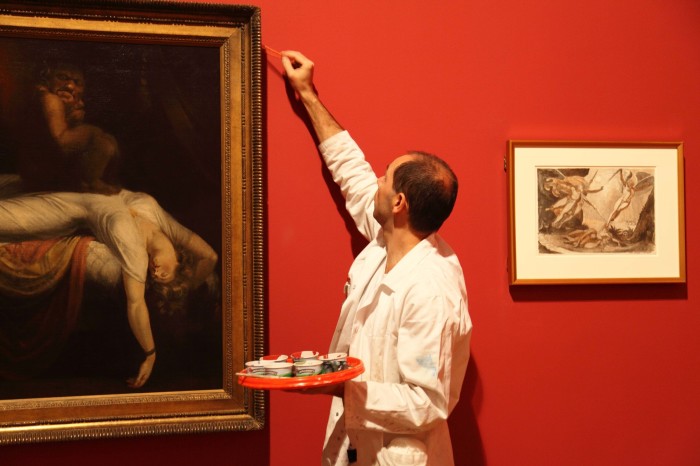
It’s certainly an investment in art, in a manner of speaking, for donors. The endowment has more private than corporate sponsors, says Gaboriau, the reverse of the museum itself, particularly Americans and French people living in America. (A “major patron” was the talent agent Sue Mengers, who represented Cher and Barbra Streisand.) It has been raising €3mn-€4mn per year recently, “accelerating” to around €4mn this year, and is looking especially for new donors in the Gulf and India.
Non-French donors, says Gaboriau, particularly like the rewards the endowment offers for significant gifts. For €100,000, you get your name on a list by a staircase in the former imperial apartments for 10 years. More than €1mn, your name is carved into the Mars rotunda, part of the apartments where Louis XIV’s mother lived, “a splendid room” with frescoes from the 1650s by Romanelli. For €4mn, it’s your name above a gallery for 50 years. And for Japan’s Nippon Television Holdings, which went all-in with a €20mn donation, the Louvre is organising five exhibitions over 15-20 years to tour Tokyo and Kyoto. The museum supplies the paintings, writes the catalogue, organises everything. “They just have to open the doors and promote the exhibition,” says Gaboriau.
It has certainly been a trend of the moment for rich people in France to found their own museums — François Pinault’s Bourse de Commerce, Bernard Arnault’s Fondation Louis Vuitton — but Gaboriau is not convinced some of the smaller efforts will last. That’s what underlies his pitch to potential donors: “Giving €5mn to the Louvre allows you to do a lot of stuff with a big echo.”
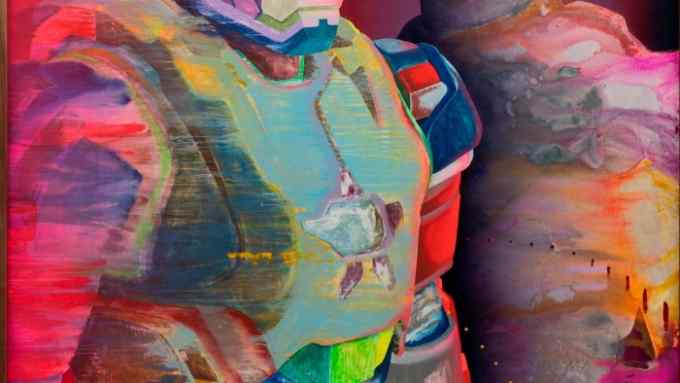
Comments